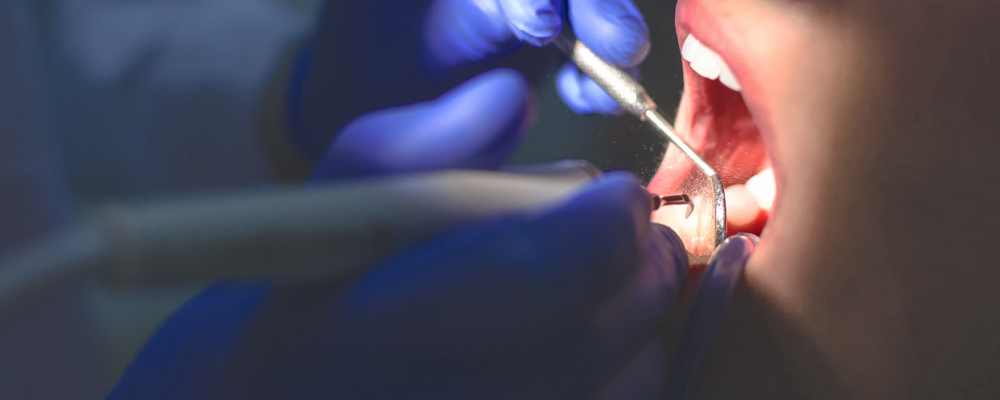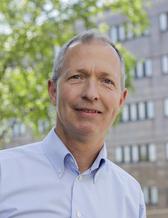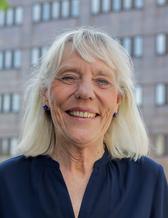
- Home
- News and events
- Find news
- Much greater interest in becoming a dentist in Gothenburg
Much greater interest in becoming a dentist in Gothenburg
Interest in training to become a dentist at the University of Gothenburg has increased greatly. Before the start of the spring semester, the number of applicants increased by 41 percent compared with the year before. The number indicating dentistry as their first choice also increased sharply.
The increase is the largest in modern times for the dental program in Gothenburg. Peter Lingström, a professor of cariology, heads the Institute of Odontology at the University of Gothenburg, which runs the dental program:
“It is extremely gratifying to see that so many want to enroll in our dental program this spring. Of course, one can only speculate about what accounts for this increase. We hope it is because of the good reputation our program has nationally, but we cannot rule out the effects of the pandemic and the possibility that the positive outcome in various ranking systems has also increased awareness of our institute.”
More than 40 percent more applicants
There were 1,501 applicants for the dental program at the University of Gothenburg starting in the spring semester of 2022, an increase of 41 percent compared with the year before. Of these, 497 applicants listed the dental program as their first choice, an increase of 56 percent, or 3 percentage points.

Dental students have a good relationship with other odontology programs, especially with future dental hygienists with whom they work in Odontologen’s modern education clinics. The Institute of Odontology, which is responsible for the training, has long been renowned for its outstanding research, and its good reputation internationally has also contributed to repeated ranking of the institute as number one in the subject in the world.

Sixty-five students will be accepted
Of the total of 1,501 individuals who applied for the program, 65 students will be admitted. As with many other higher education programs, there is a certain over-admission to the dental program, so that the number of completed dentists will correspond to the university's educational assignments.
According to Agneta Robertson, a professor of pedodontics and head deputy head of Institute of Odontology:
“Today’s students are flexible and can apply for a program to find out if it is right for them. Now that the number of applicants per place has increased so much, it may mean that a higher score will be required to be admitted to the dental program. This could affect how many of the admitted students complete all the courses. In the long run, this could mean that we can reduce our excess enrollment.”
Growing trend for health education
More students also are applying for the nursing program at the University of Gothenburg, and the number of applicants per place is increasing more here than at other large nursing education programs in Sweden. The total number of applicants has increased by 14.5 percent compared with last spring, and the number of first-time applicants has increases by 8 percent. For the medical program at the University of Gothenburg, both the number of total applicants and first-time applicants has increased by more than 20 percent, which is in line with the increase seen in other large medical programs in Sweden.
“Regardless of what lies behind the increase in applicants per place, it is incredibly gratifying,” says Gunnar Tobin, vice dean for education affairs at Sahlgrenska Academy. “We are seeing an upward trend in education in health and medicine in general, probably because of the pandemic. In recent years, Gothenburg has established itself as an attractive city for students, which probably also contributes to the increase in applicants that we see over time.”
Fewer applicants nationally
Education as a physiotherapist is the only program at Sahlgrenska Academy where the number of applicants decreased compared with last spring’s admission. However, the program has continued to have a large number of applicants per place.
For higher education in Sweden in general, the number of applicants has decreased overall, according to the Swedish Council for Higher Education. When the application period for the spring programs closed at midnight on October 15, the number of applicants to programs and courses had decreased by six percent, compared with the top listing in the 2021 spring semester.